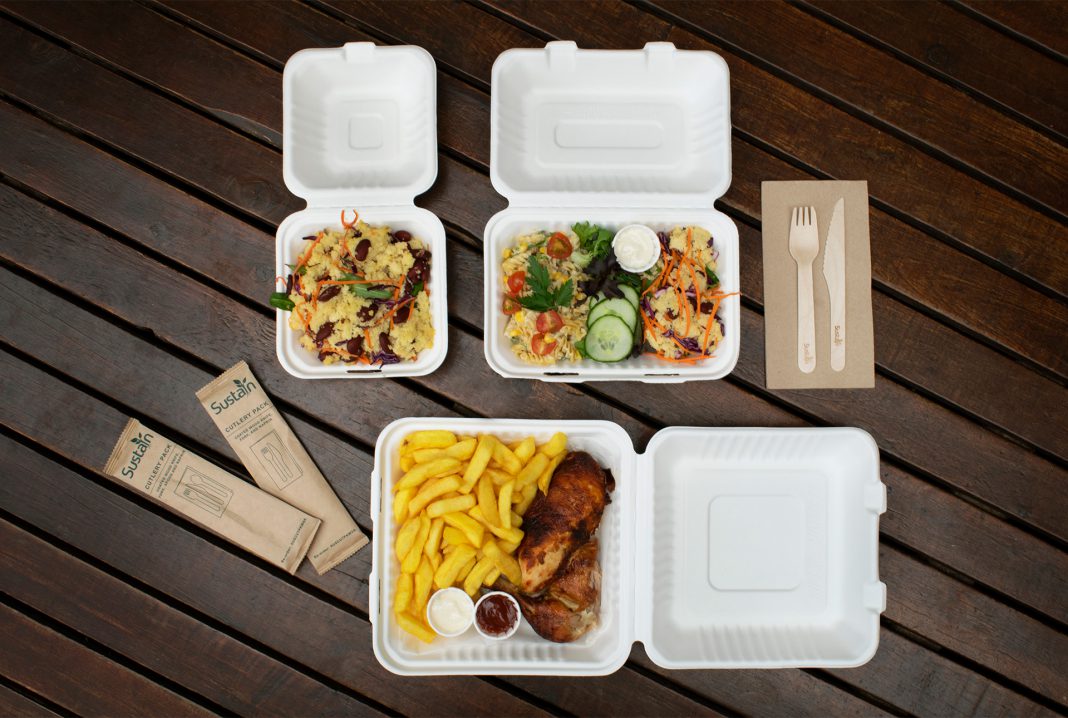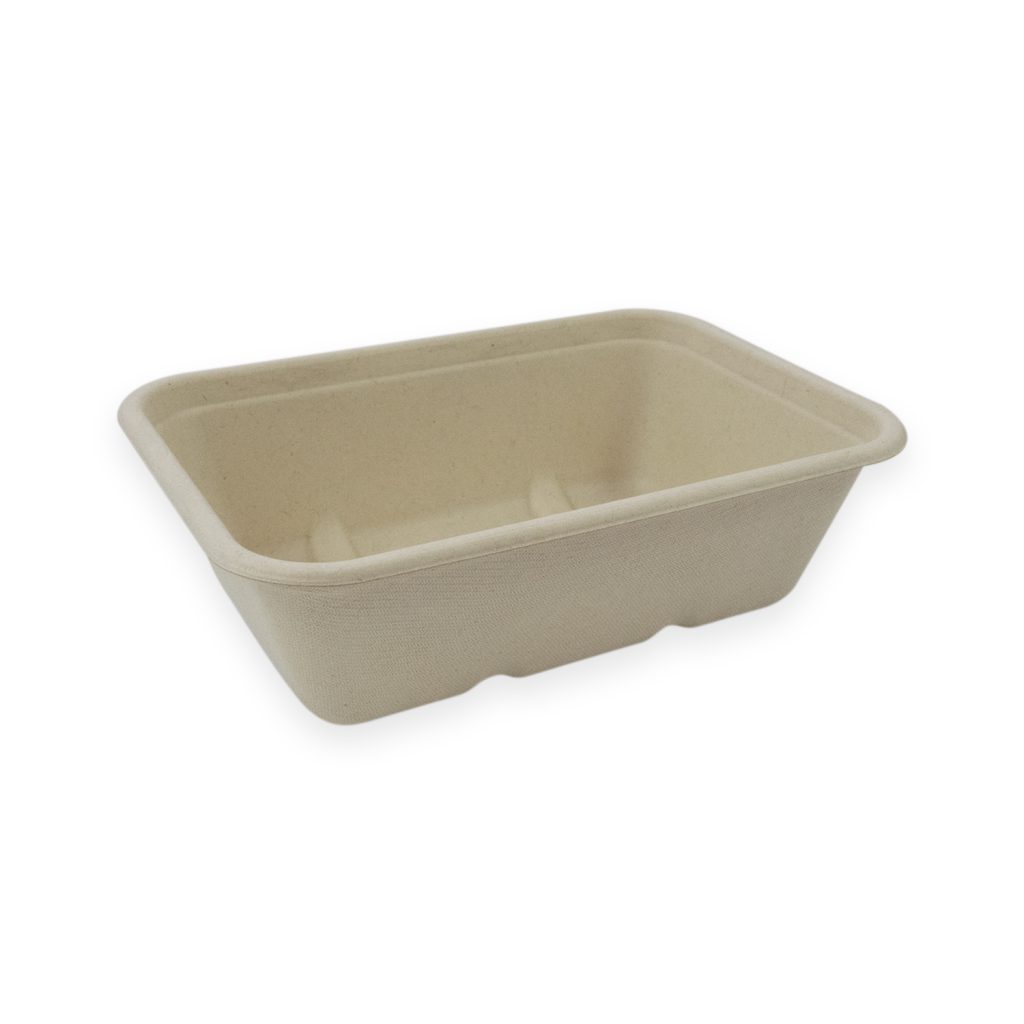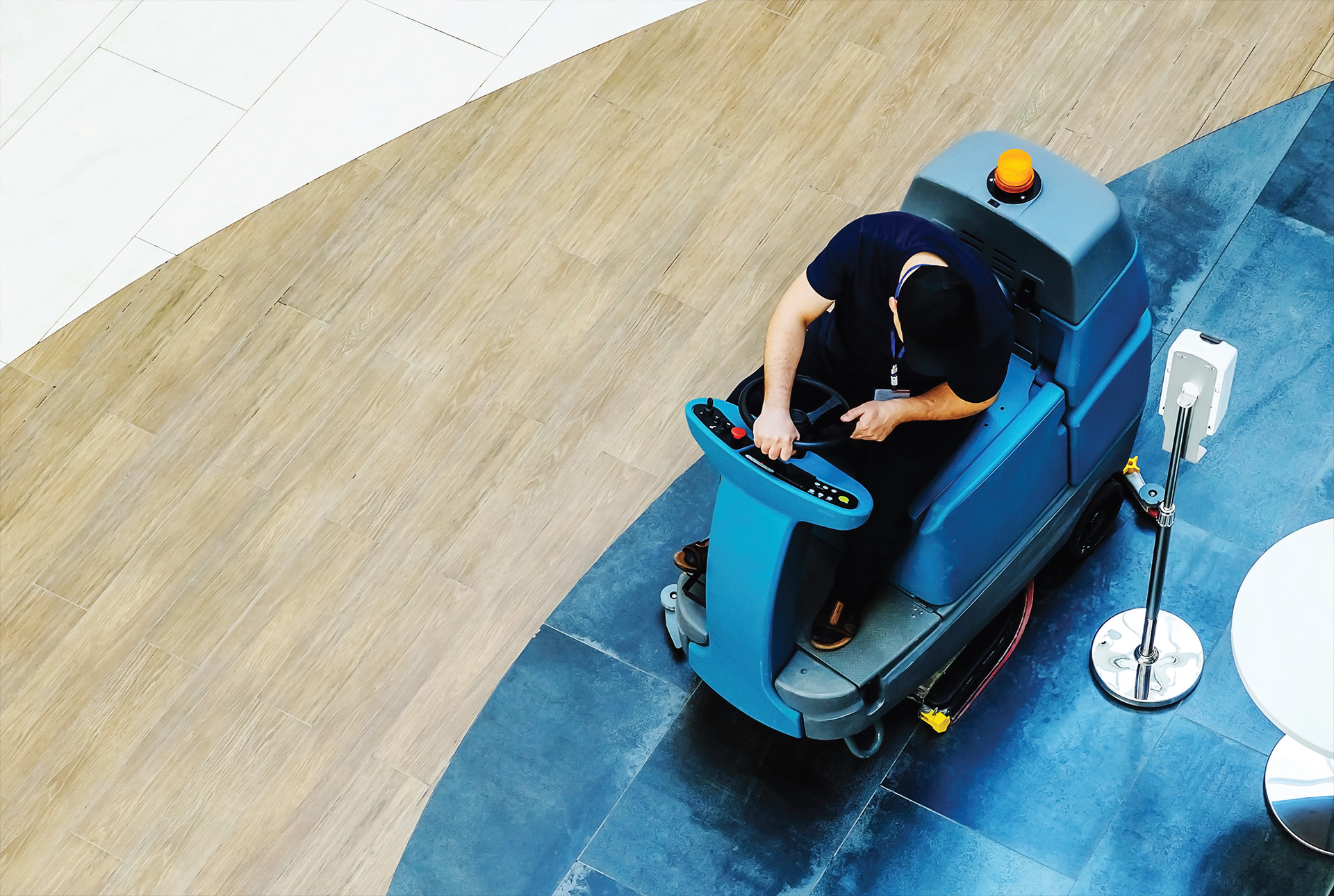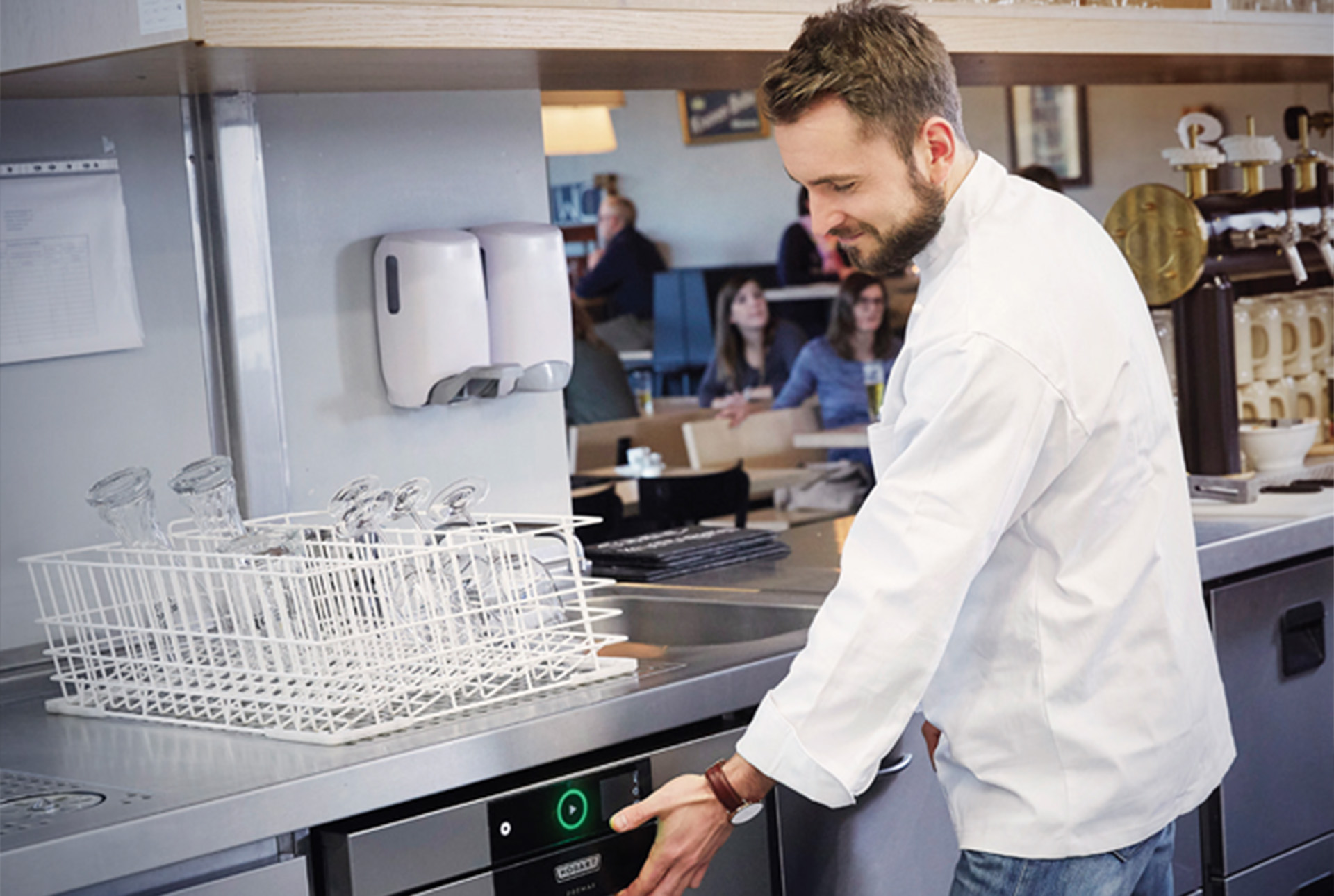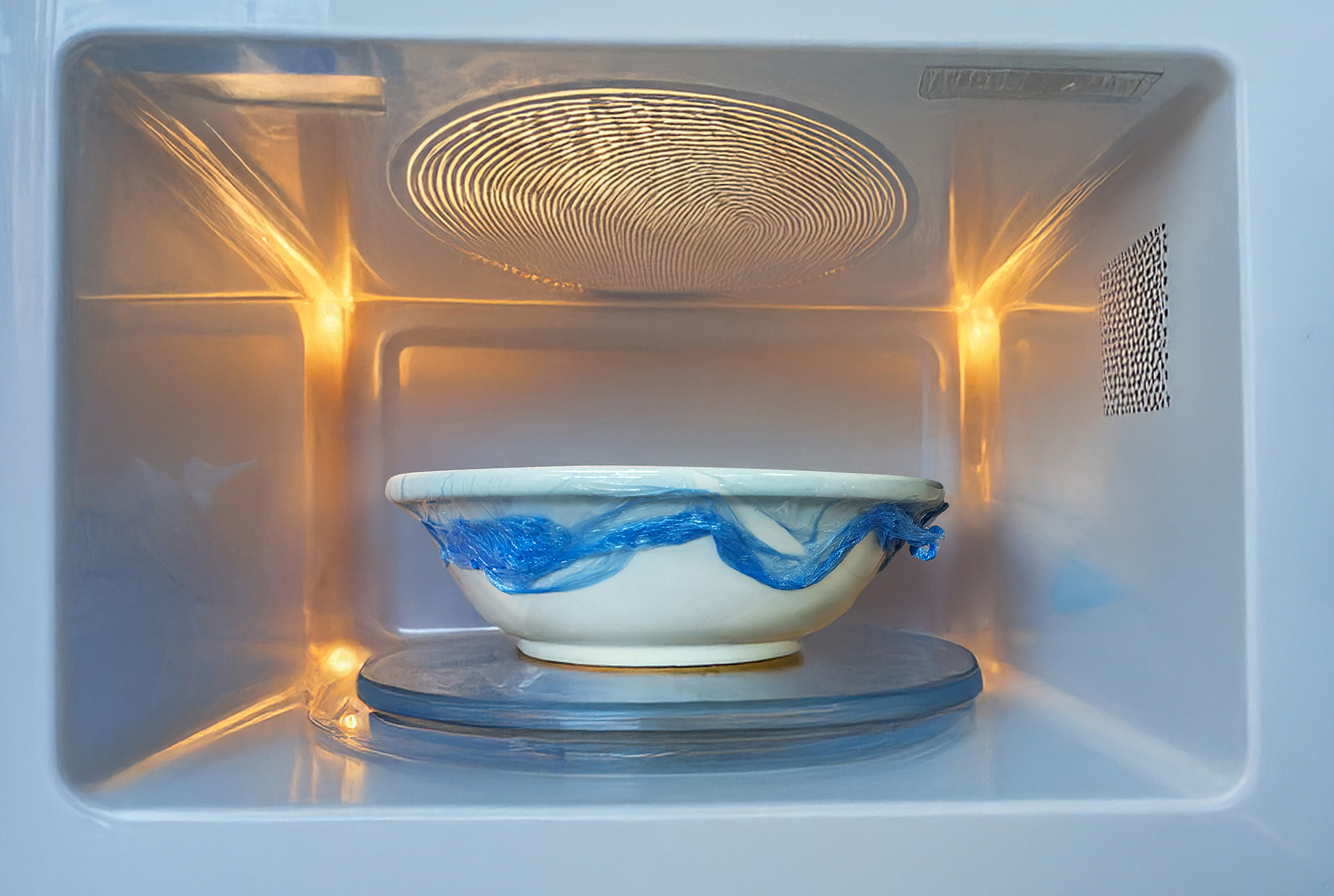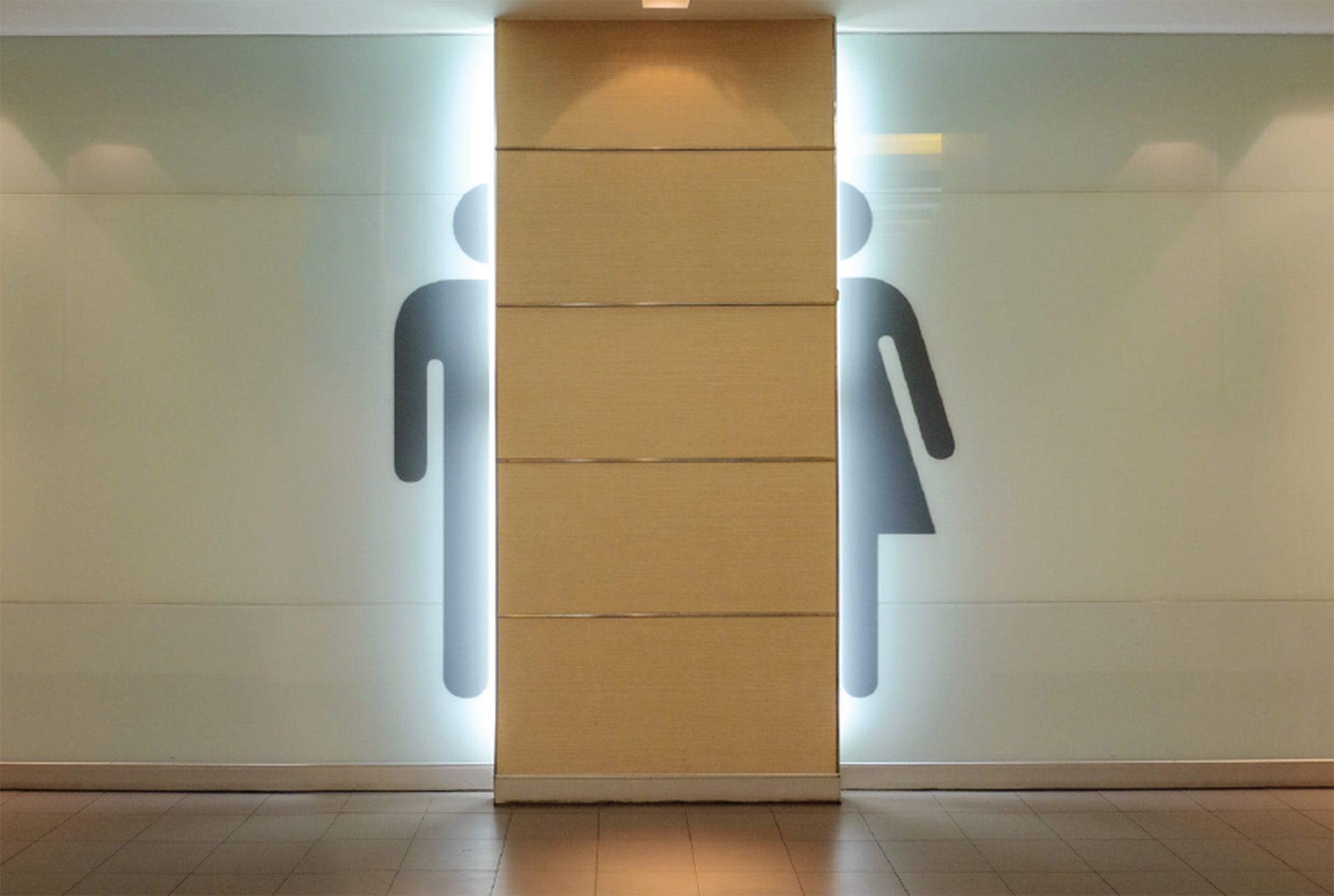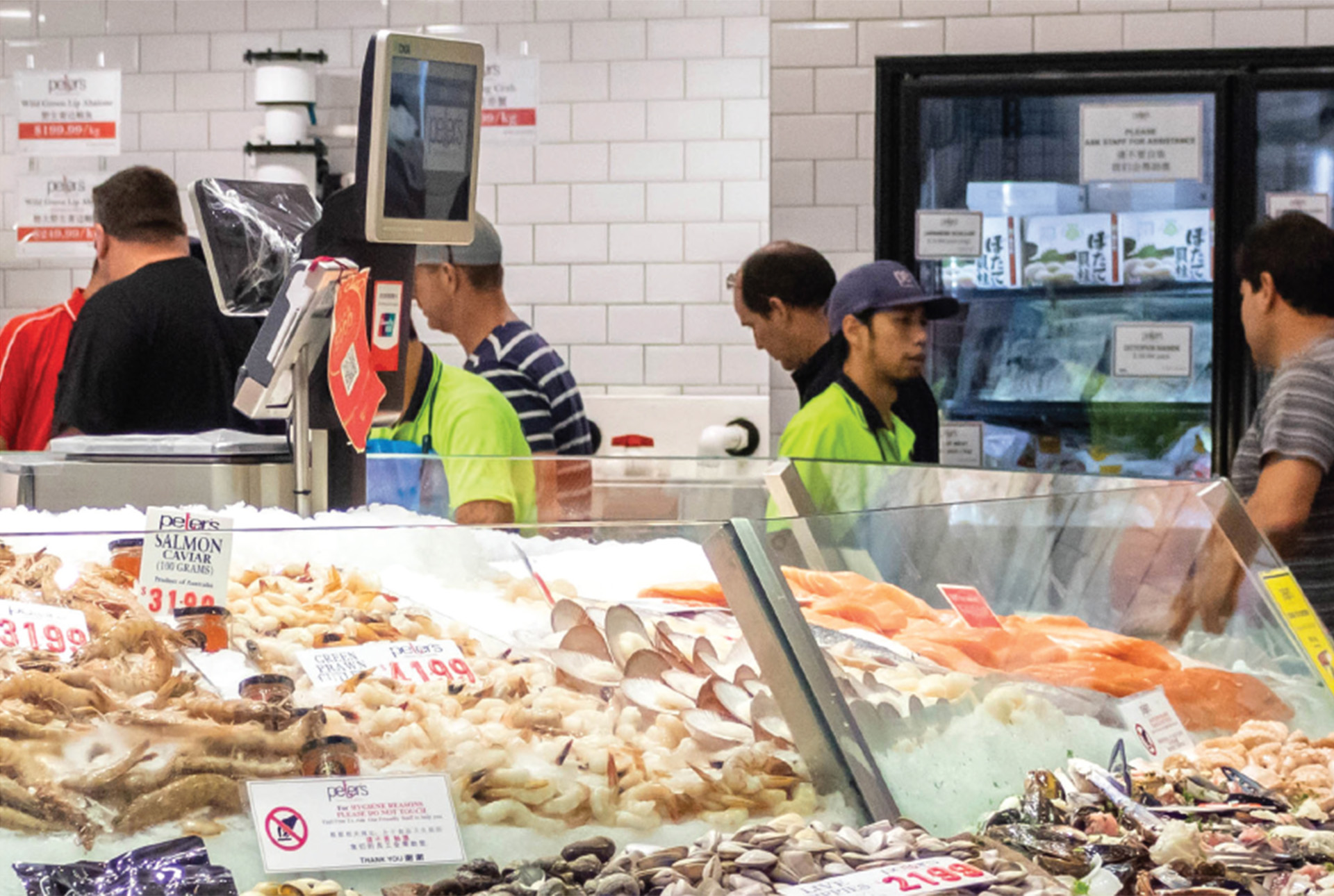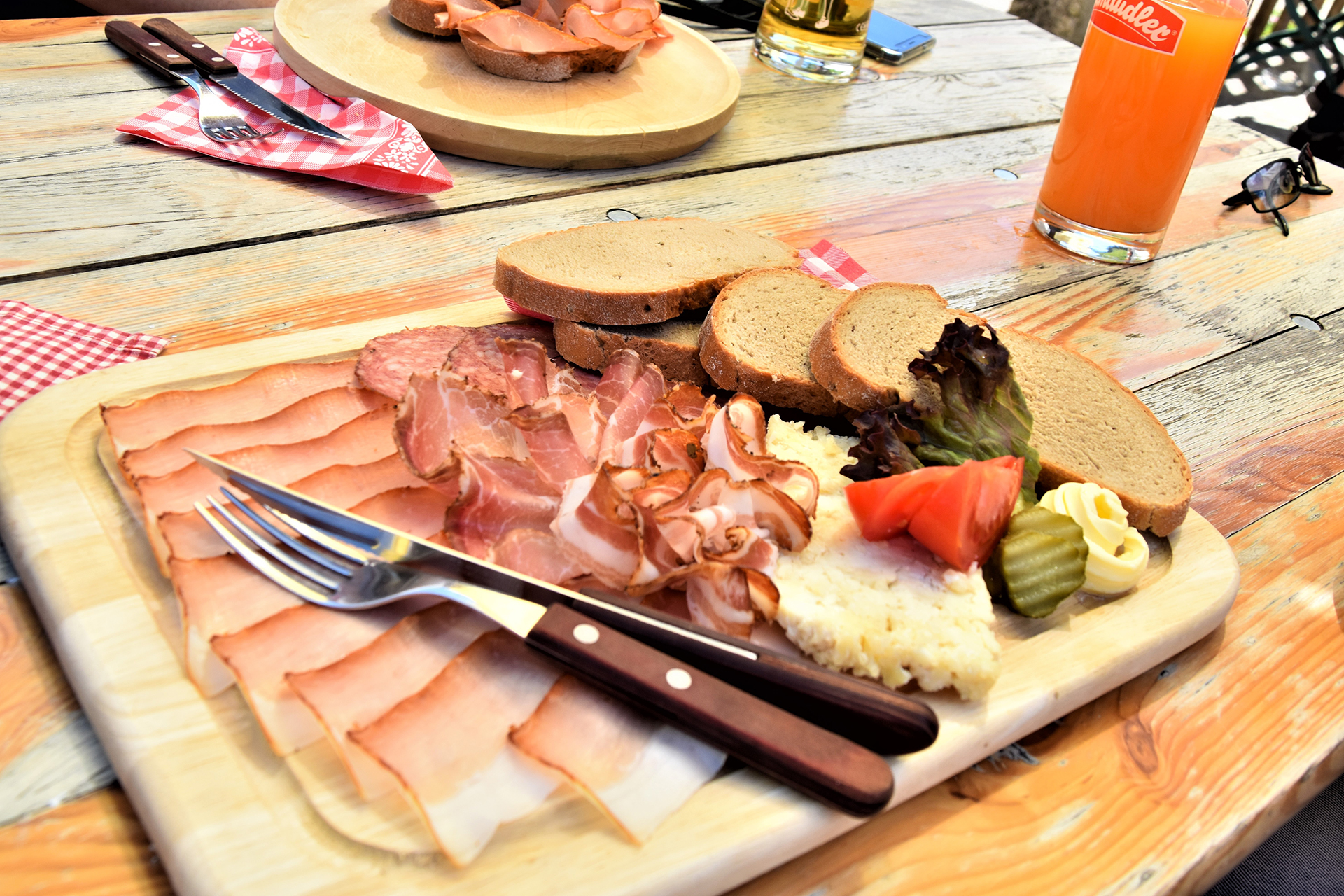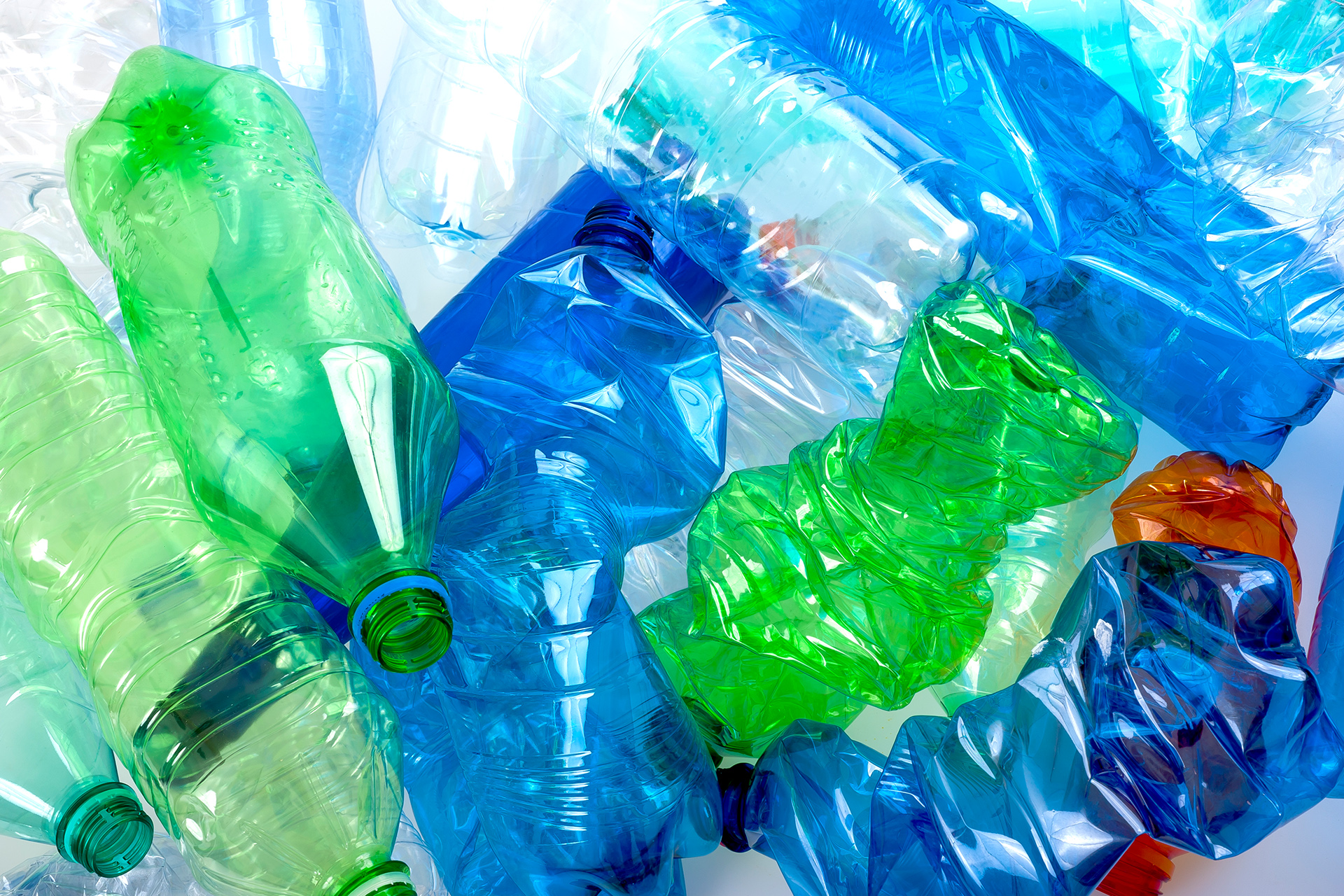Disposable food packaging is an important part of every food serving business and providing quality containers that store and protect food can make all the difference for your customers’ experience.
With 40% of plastic waste being a result of food packaging, there’s no wonder how this has become a hot topic in the hospitality space following the regulations around single-use-plastics. Not only are businesses looking to reduce the amount of plastic waste produced but customers also have the same expectations with 72% of customers actively purchasing more sustainable products according to The Economist Intelligence Unit1. This gives way to renewable and sustainable alternatives that are strong and hold their shape.
What is Sugarcane Bagasse?
Sugarcane is a warm climate giant tropical grass that takes between nine and 18 months to reach maturity, depending on the weather. Cultivation of this plant first started around 327BC in the Indian subcontinent, and today it’s an important commercial crop worldwide. In 2020 there were 124 countries growing sugarcane for sugar and ethanol. In Australia alone, sugarcane farming businesses grow 30-35 million tonnes of sugarcane each year, which utilises around 378,000 hectares2.
Sugarcane bagasse is created during the sugar production process. It’s a result of the fibrous residue left over when sugarcane is crushed. Two main by-products are generated during the process: bagasse (the fibrous sugarcane stalk) and the rich molasses juice that is purified into sugar.
What is Sugarcane Bagasse Packaging?
Sugarcane bagasse packaging is a sustainable alternative to traditional containers, like plastics and PVC (Polyvinyl Chloride). It’s created by transforming sugarcane stalks into products that give bagasse a new life using its raw material. Bagasse can be processed into high-quality packaging products using heat, pulp and pressurised into moulds.
If you are trying to meet sustainability targets and trying to steer away from clear plastic and styrofoam takeaway containers, then switching to sugarcane packaging may be the best option for you.
Why is Sugarcane a Great Option For Disposable Food Packaging?
Due to the nature of the pulp, bagasse products are strong and hold their shape. They are sturdy and functional. Sugarcane packaging has a great resistance to heat, liquids and grease, and they can be refrigerated, placed in the freezer and are microwave safe. All of these factors make it a great option for your take-out and fast food packaging needs.
Bagasse is the non-edible by-product of sugar production, this material is considered an extremely renewable resource. It’s not only an agricultural waste, so repurposing the fibre stops it from entering landfills, and is 100% compostable in an industrial composting facility, under specific conditions.
What Sugarcane Container Types are There?
As a food serving business, providing containers that are functional and a more sustainable packaging alternative to things like polyethylene plastics, which are now banned widely across Australia and New Zealand.
Clamshell Containers: These containers commonly known for being made out of Styrofoam, a petroleum-based product, are great in protecting food products. What makes these containers different to your standard container is that it doesn’t require a lid. Clamshell containers have a hinged lid that closes over the base, removing the need for a separate lid. As virgin plastic clamshell containers are now banned across Australia and New Zealand, sugarcane alternatives have been introduced to keep this handy container available to your customers.
These containers are sturdy and available in a range of sizes and shapes with compartments to separate food when necessary and can be used to store anything from a cupcake to roast chicken and chips.
Rectangular & Round Containers: These sugarcane containers are a renewable option to your traditional plastic containers. Available in different sizes in both the round and rectangular to fit all your product packaging needs.
The containers have a matching sugarcane lid and can be used for hot food like noodles and cold food like salads.
1 [https://www.businessnewsdaily.com/15087-consumers-want-sustainable-products.html]
2 [https://www.qff.org.au/farming-in-qld/cane/]

